



Military Ethernet Switching Chips
Military Ethernet switch chips play a critical role in modern defense networks, providing reliable, high-speed communication between various military systems and platforms. These chips are integral to the operation of Ethernet switches used in military applications, supporting secure, low-latency, and high-bandwidth communication. This article explores the key features, technologies, and applications of military Ethernet switch chips, shedding light on their importance in defense networks.
1. Basic Functions of Military Ethernet Switch Chips
Military Ethernet switch chips are specialized semiconductors designed to enable the communication of military-grade Ethernet switches. These switches manage data traffic within military networks, ensuring the seamless exchange of information across platforms, including command centers, vehicles, aircraft, ships, and other defense systems. Military Ethernet switch chips handle the routing, switching, and forwarding of network data packets, ensuring the correct distribution of information to intended recipients.
Unlike commercial Ethernet switch chips, military Ethernet chips are built to meet stringent requirements for ruggedness, security, and performance in extreme environments. They must be capable of operating in harsh conditions such as electromagnetic interference (EMI), high/low temperatures, vibration, and shock, which are commonly encountered in military operations.
2. Key Features of Military Ethernet Switch Chips
2.1 High Performance and Low Latency
Military Ethernet switch chips must deliver high data throughput and low latency to meet the real-time communication demands of defense applications. High-performance chips are essential for enabling large-scale data transfers across military networks, supporting everything from tactical communications to sensor data processing. A low-latency design ensures that critical commands and information are transmitted without delays, which is essential for military decision-making and operations.
2.2 Ruggedness and Environmental Resilience
Unlike commercial Ethernet chips, military Ethernet switch chips must be ruggedized to withstand extreme environmental conditions. These conditions include wide temperature ranges, humidity, vibrations, and shock, all of which can compromise the reliability of standard networking equipment. Military-grade chips are designed to meet MIL-STD-810G or other similar military specifications for environmental resilience. This ensures that the chips can function in environments such as combat zones, airborne operations, and naval platforms.
2.3 Secure Communication
Military Ethernet switch chips must support advanced encryption and security protocols to safeguard sensitive data from cyber threats. Secure communication is paramount in military operations, where unauthorized interception or tampering with data could lead to catastrophic consequences. Ethernet switch chips used in defense networks often include features like VPN support, data integrity checks, and advanced encryption algorithms (e.g., AES) to protect both data at rest and data in transit.
2.4 Scalability and Flexibility
Military Ethernet switch chips are designed to support scalable network topologies, accommodating different network configurations as needed. Whether it’s a small, isolated tactical network or a large, interconnected command center, military Ethernet chips can scale to meet varying bandwidth requirements. They must also be flexible enough to support different network standards and protocols, allowing for compatibility with various systems used across different branches of the military.
3. Applications of Military Ethernet Switch Chips
Military Ethernet switch chips are used in a wide range of defense applications, from communications systems to control systems for various military platforms. Some of the key applications include:
3.1 Tactical Communication Networks
Military Ethernet switch chips are widely used in tactical communication networks, which connect mobile units on the battlefield. These networks must support secure, reliable, and high-speed communication among infantry units, tanks, drones, and other military assets. The chips enable seamless data exchange for voice, video, and command messages, ensuring that personnel can communicate and coordinate operations effectively in real-time.
3.2 Command and Control Systems
In command and control (C2) systems, military Ethernet switch chips facilitate the high-speed data transmission required for real-time decision-making. These systems collect, process, and distribute data from various sources, such as satellite feeds, radar systems, and sensor networks. The chips ensure that critical data can be shared quickly and reliably between commanders and subordinate units, allowing for rapid responses to changing battlefield conditions.
3.3 Military Vehicles and Platforms
Modern military vehicles, including tanks, armored vehicles, and unmanned ground vehicles (UGVs), rely on Ethernet switch chips to maintain communication within the vehicle’s onboard network. These chips enable the seamless integration of various subsystems, such as weapon control systems, navigation, and communications equipment. For example, in a tank, Ethernet switch chips allow different systems, such as sensors, targeting equipment, and fire control, to work together effectively, providing a unified operational environment.
3.4 Aerospace and Naval Platforms
Military Ethernet switch chips are also used in airborne and naval platforms, where secure and high-speed communication is essential. In naval ships, Ethernet chips allow for the integration of radar, sonar, communication, and navigation systems into a unified network. Similarly, in airborne platforms like fighter jets and surveillance aircraft, Ethernet switch chips support communication between avionics, weapons systems, and sensors, ensuring smooth and coordinated operations.
4. Challenges in Military Ethernet Switch Chip Design
Despite their importance, designing military Ethernet switch chips comes with several challenges:
4.1 Harsh Environmental Conditions
Military Ethernet chips must operate in extreme environmental conditions, including temperature extremes, electromagnetic interference, and physical shocks. Engineers must ensure that the chips are capable of withstanding these harsh conditions while maintaining optimal performance.
4.2 Security Threats
The increasing sophistication of cyber threats presents a significant challenge for military Ethernet chips. These chips must incorporate advanced security measures to protect against hacking, data interception, and other forms of cyberattacks. This requires constant updates and improvements to the chip’s encryption and security protocols.
4.3 Power Efficiency
Many military operations take place in remote or mobile environments, where power availability may be limited. As a result, military Ethernet switch chips must be designed to be power-efficient while still providing high-performance capabilities. This requires careful optimization of the chip’s power consumption without sacrificing functionality.
5. Conclusion
Military Ethernet switch chips are vital components in modern defense networks, enabling high-speed, secure, and reliable communication in complex and challenging environments. These chips support a wide range of military applications, from tactical networks to command and control systems, ensuring the efficient and effective operation of military platforms. As the demand for faster, more secure, and more resilient communication in defense systems continues to grow, military Ethernet switch chips will play an increasingly critical role in enabling future military operations. Their evolution will be shaped by the need for enhanced security, greater performance, and improved energy efficiency to meet the demands of the modern battlefield.

Please contact us if the source is mislabeled or violates your legal rights.
We will promptly correct and delete, thank you.
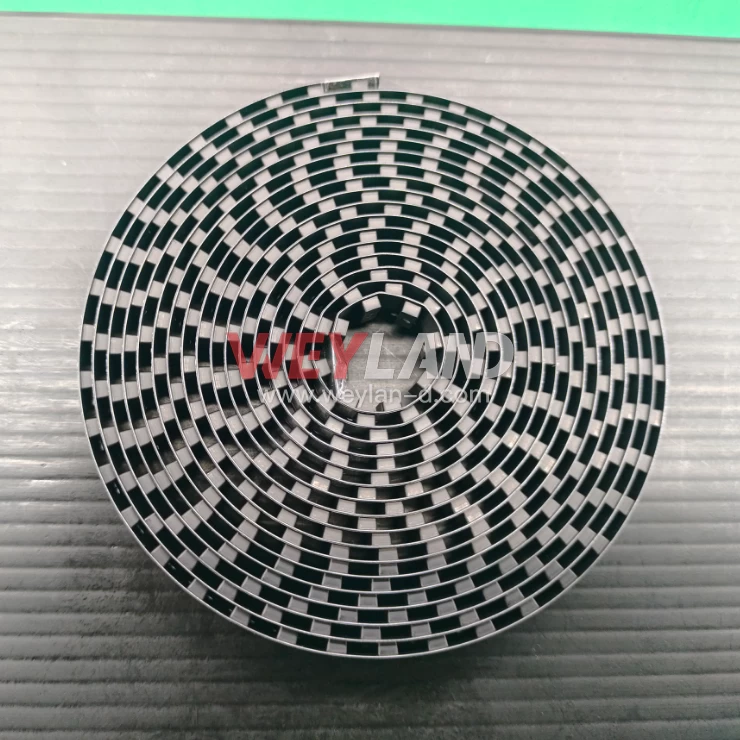
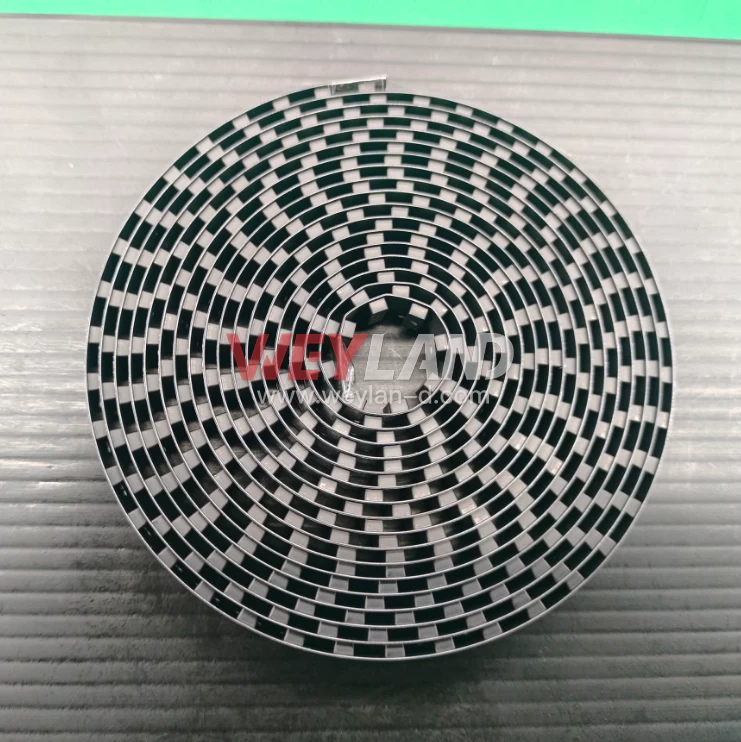
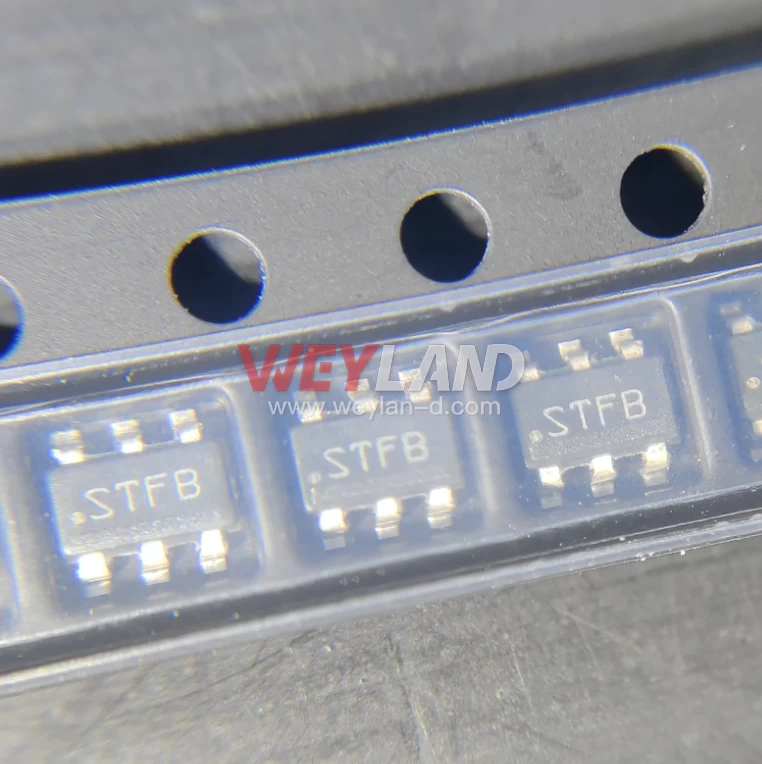
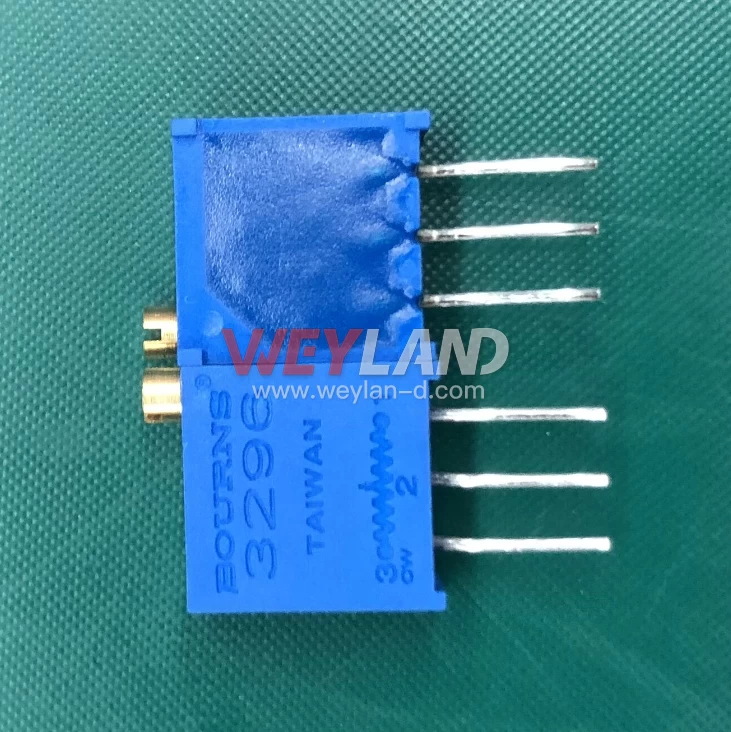
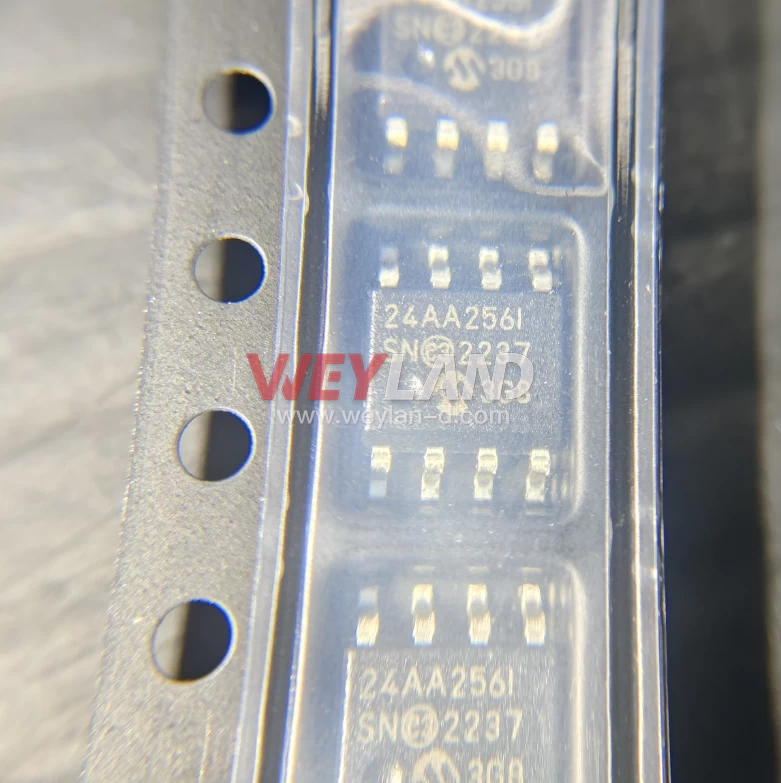
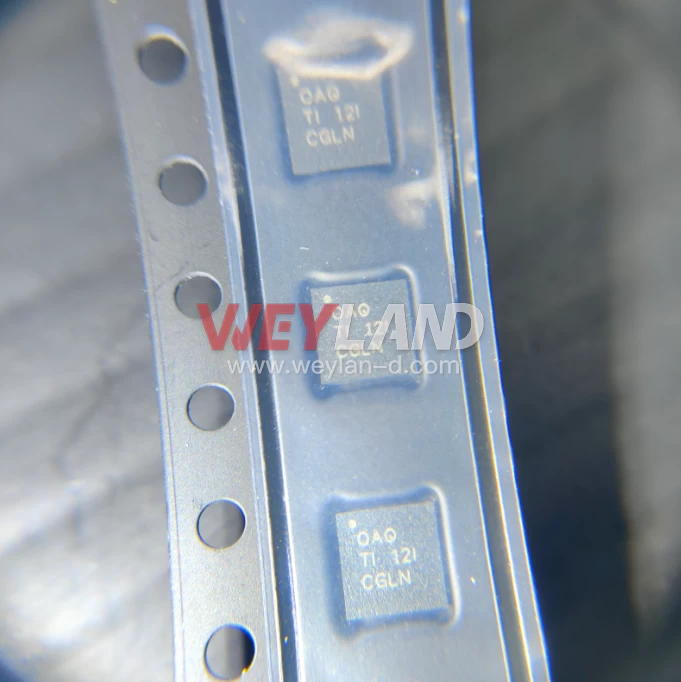
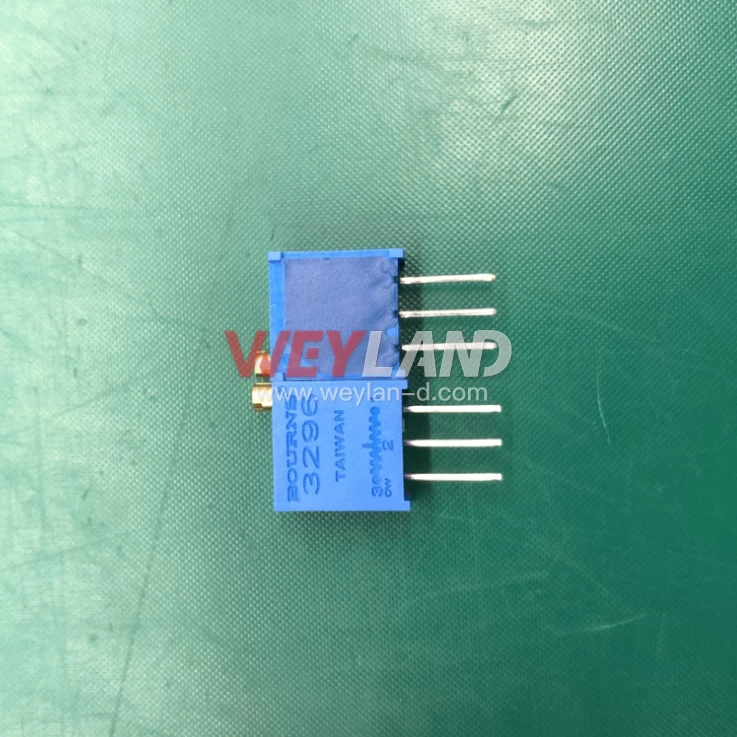


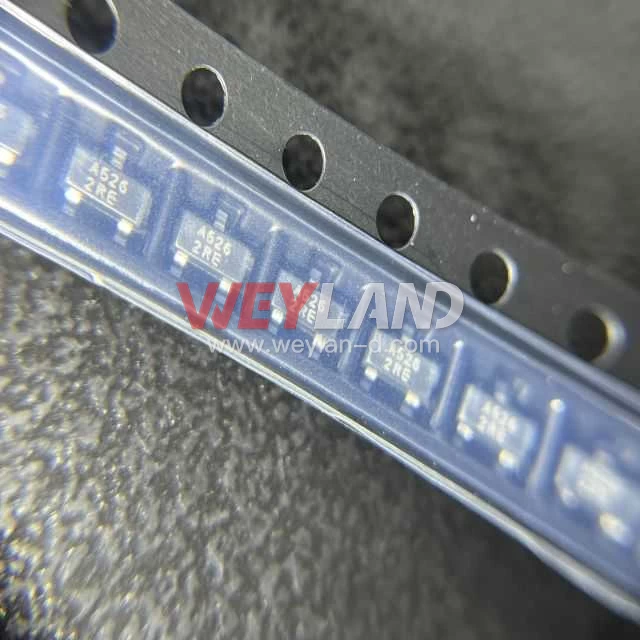
.9246509.png)












[email protected]
7500A BEACH ROAD #04-307 THE PLAZA SINGAPORE (199591)
RM 705.7/F.FA YUEN COMM BLDGNO.75-77.FA YUEN STREET.MONGKOK.KLN.HONG KONG
